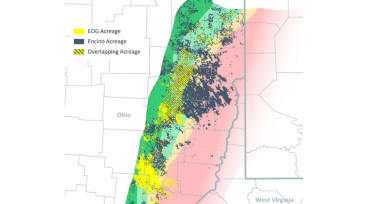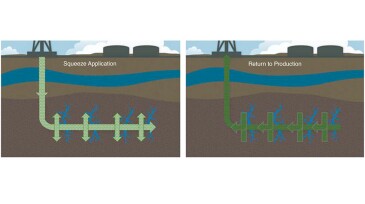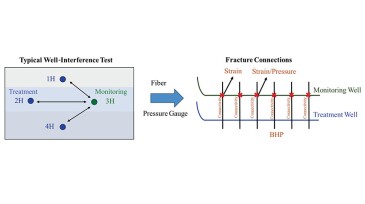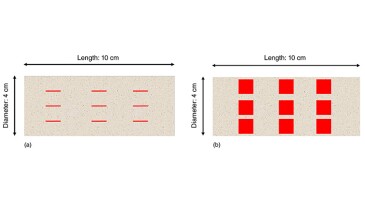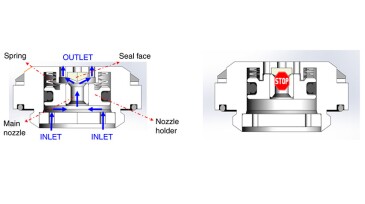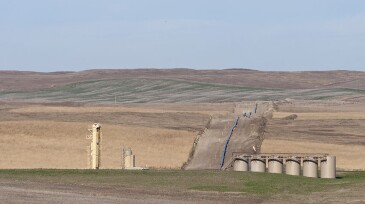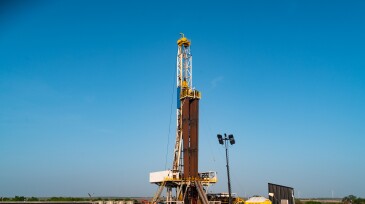Unconventional/complex reservoirs
Operators are turning to new gas-lift and nanoparticle-fluid technologies to drive up production rates.
The authors of this paper apply a deep-learning model for multivariate forecasting of oil production and carbon-dioxide-sequestration efficiency across a range of water-alternating-gas scenarios using field data from six legacy carbon-dioxide enhanced-oil-recovery projects.
The $1.3-billion deal targets DJ Basin assets producing 35,000 BOEPD, and Japex aims to increase that output to 50,000 BOEPD around 2030.
-
Extensive acreage overlap and existing operational collaboration drove the acquisition decision.
-
This paper provides details of a pilot study conducted on multiple wells, showcasing the potential of a novel biotechnology in Bakken enhanced oil recovery.
-
The authors of this paper describe a method of stimulating a multizone hydrocarbon-producing well wherein a tool is deployed downhole by wireline to generate acid vapor at a target depth, allowing each interval to be treated uniquely.
-
This work proposes a method to interpret far-field strain-change and pressure data to quantify fracture connectivity and properties at the cluster level.
-
This paper extends an integrated two-scale continuum model that contemplates mass, momentum, and energy changes to study the acid-stimulation process in complex carbonate acid-stimulation systems with the development of fracture and vug networks.
-
The authors of this paper write that autonomous outflow-control devices can positively affect matrix acidizing by providing the best possible conformance.
-
Best practices are not static; they evolve alongside advancements that redefine what is achievable.
-
Data mining techniques are unlocking new insights from the performance of thousands of Bakken wells. This article explores how those insights are helping refine completion optimization.
-
In the wake of the falling number of exploratory wells in the country, Brazil-owned Petrobras addressed audience concerns as well as outlined new avenues for production at the Offshore Technology Conference.
-
Three case studies consider the gas-related reasons electrical submersible pumps fail in unconventional shale environments.




